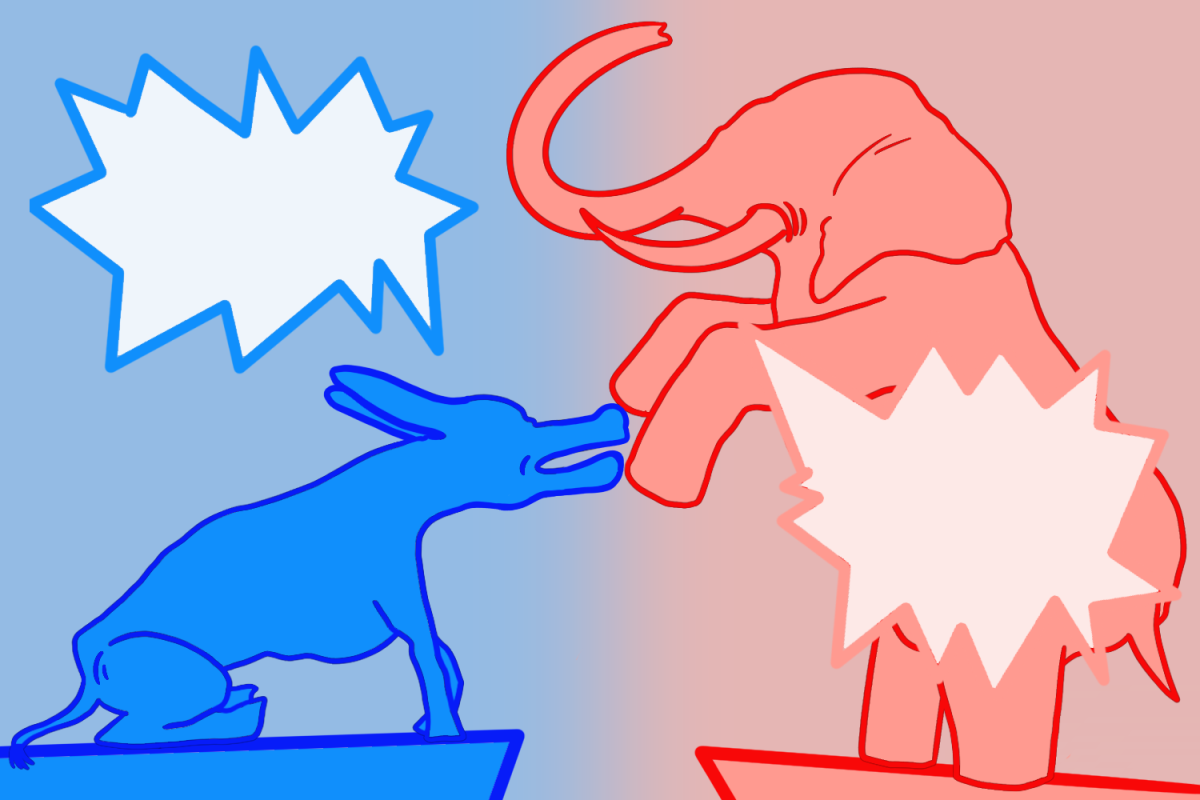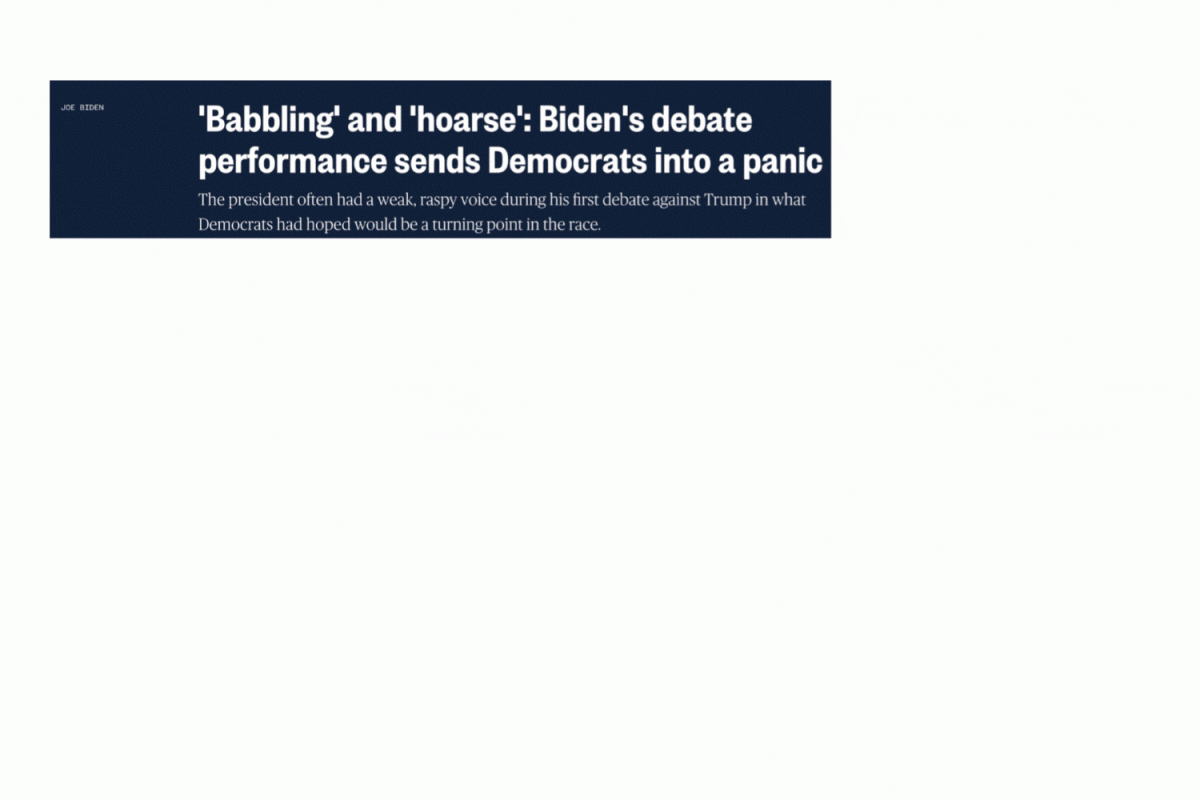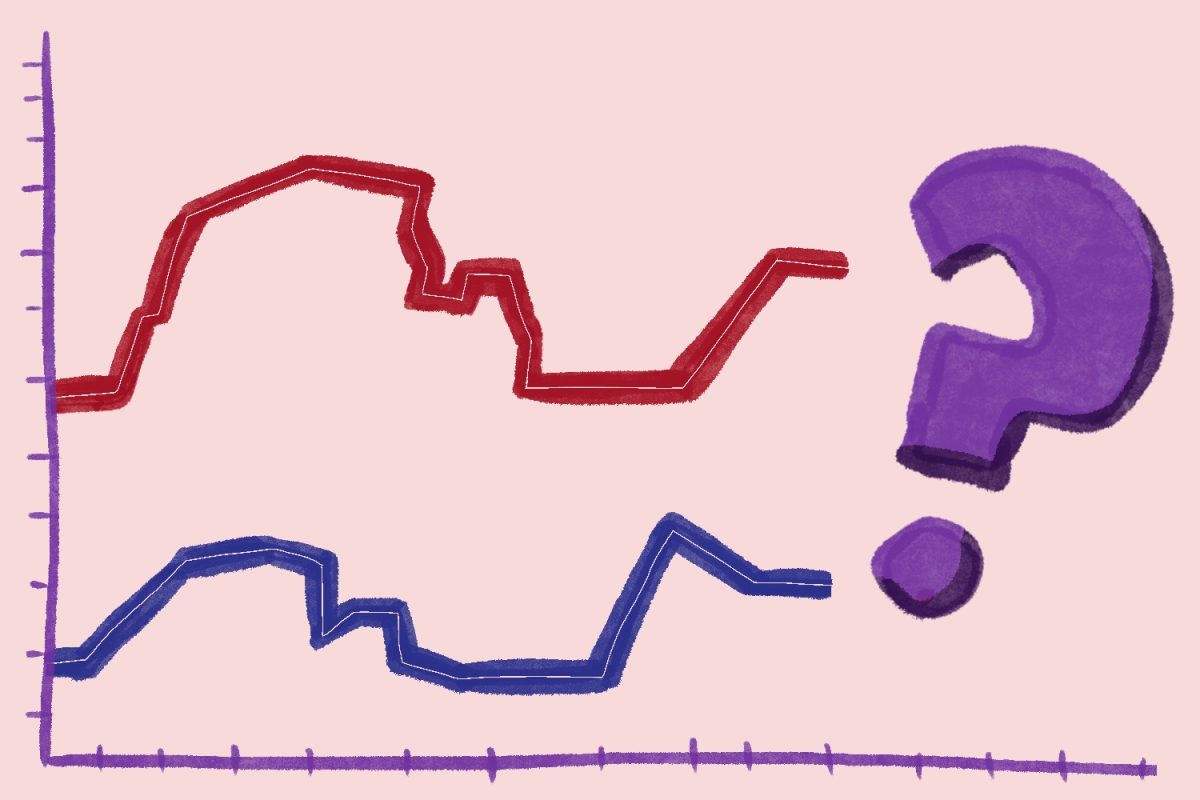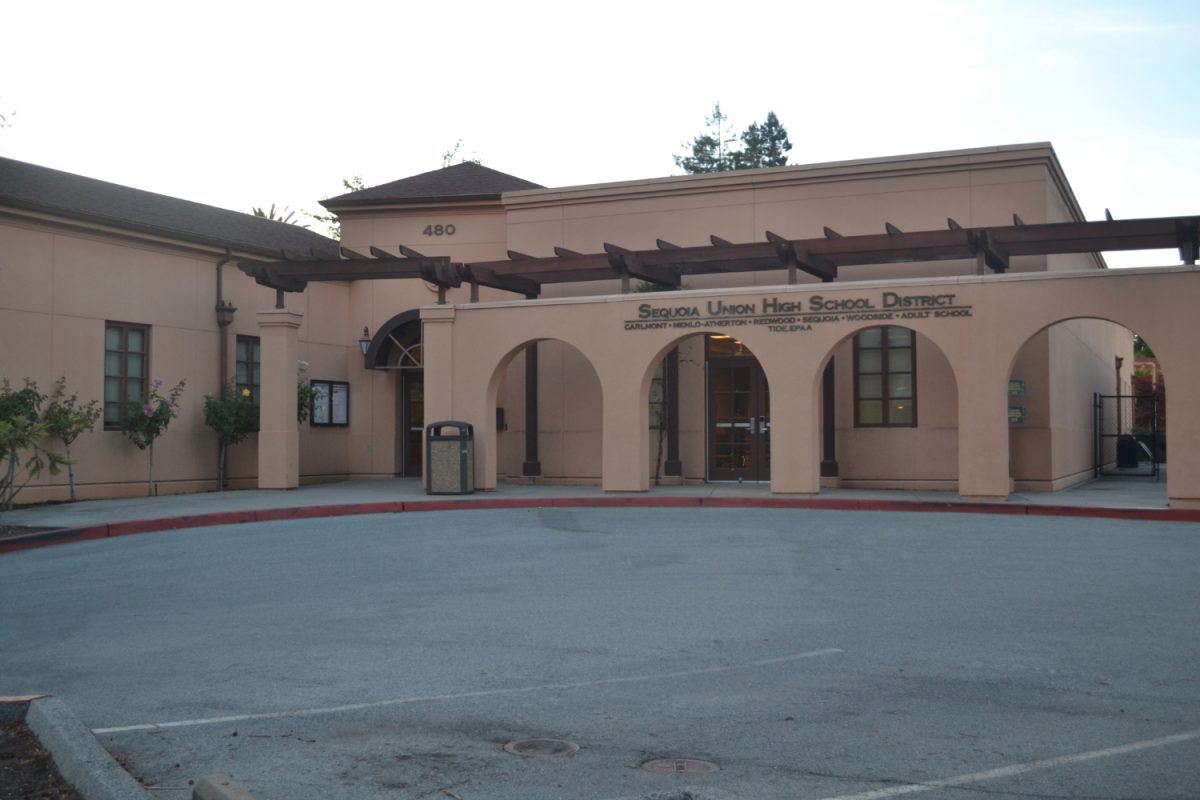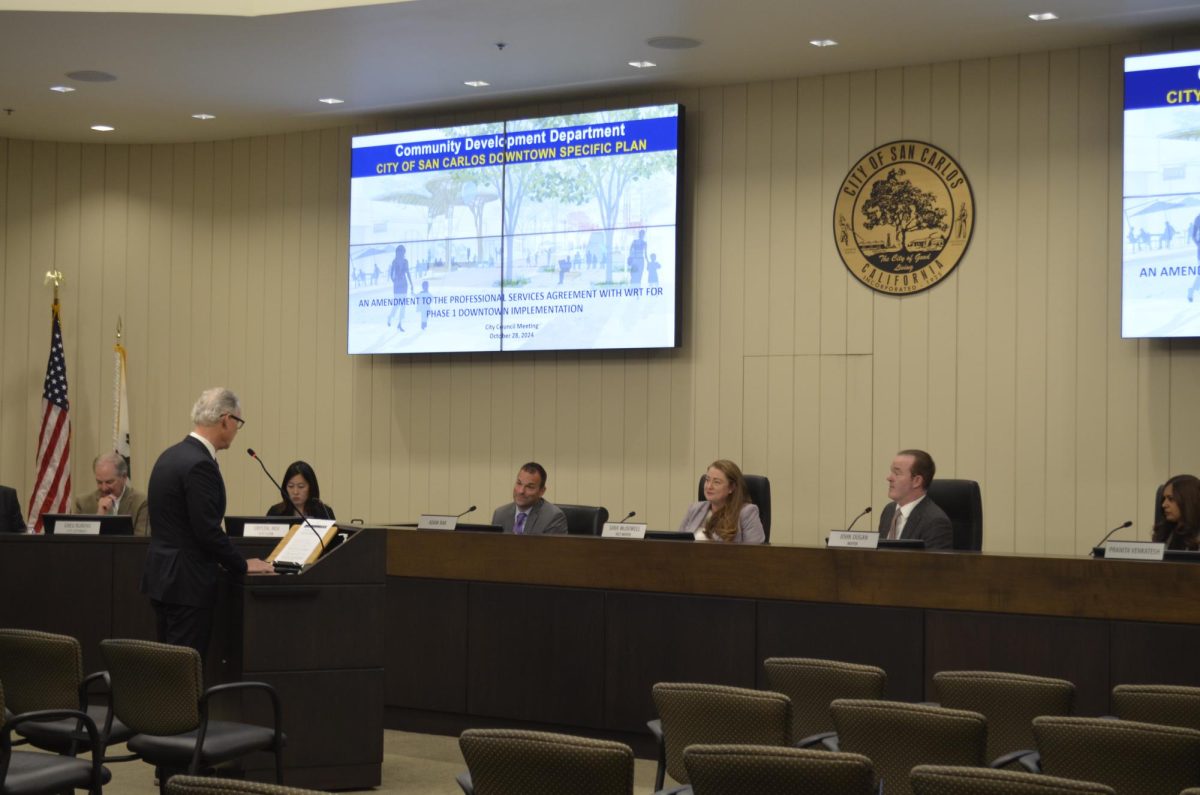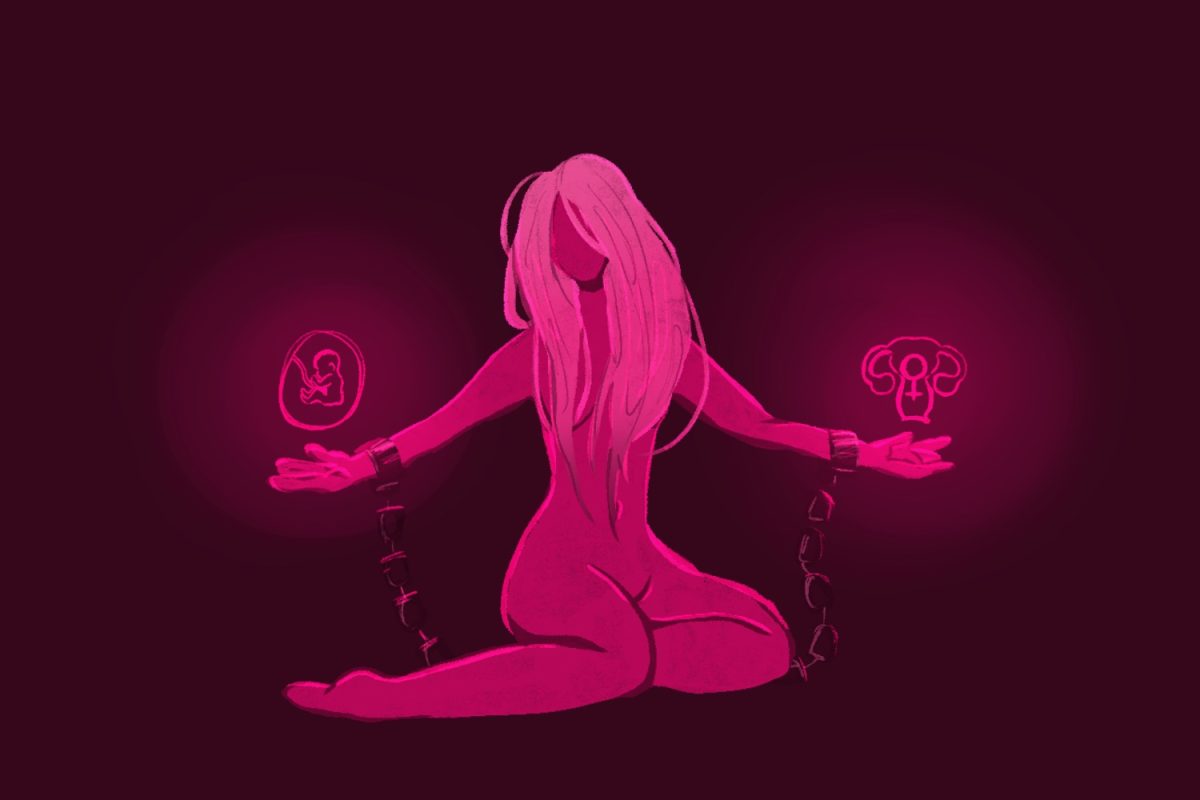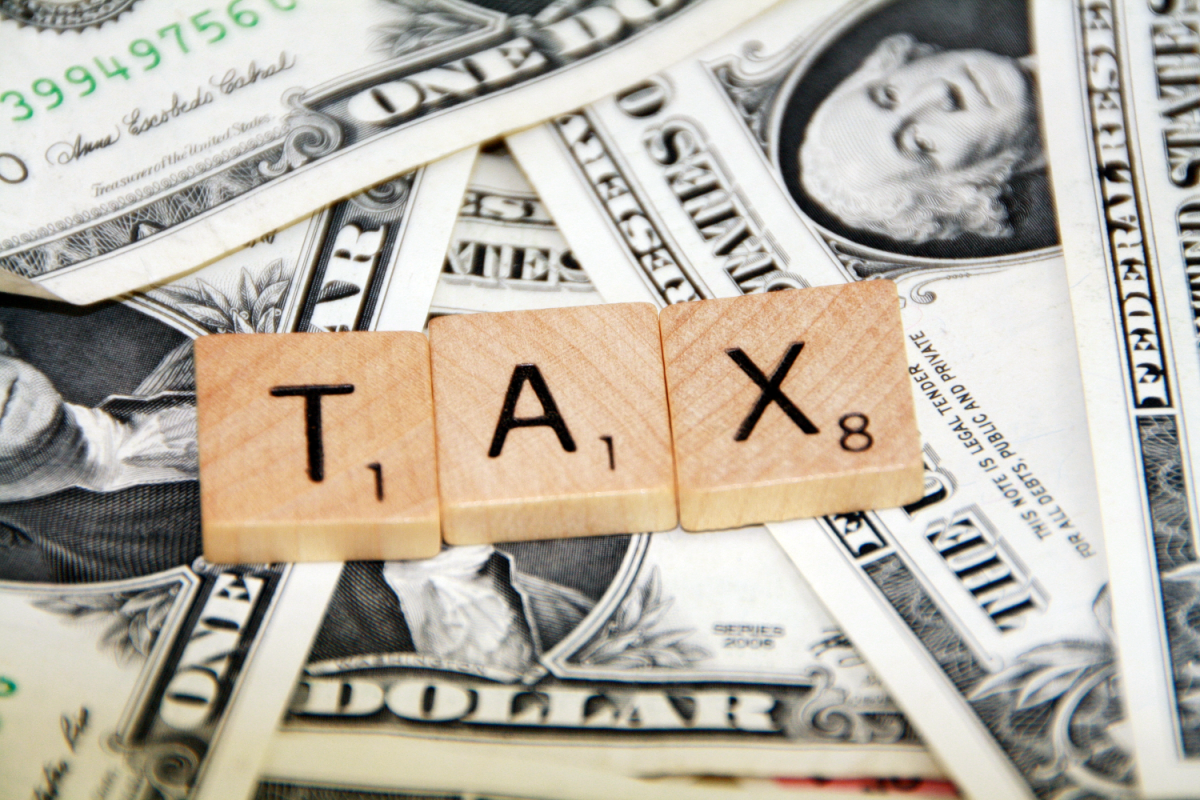The growing divide between political parties has led to heightened polarization in electoral politics.
According to the European Center for Populism Studies, “political polarization can refer to the divergence of political attitudes to ideological extremes.” The widening polarization in the U.S. has turned elections into a contest of bipartisan beliefs, where hatred of the other party and leaving middle ideologies out runs rampant.
“We don’t like our own parties any more than we used to. The likability ratings of our own political party have not increased. They might have even declined slightly, but we hate the other party much, much more than we used to,” said Geoffrey Layman, a political science professor and the department of political science chair at the University of Notre Dame.
According to the PEW Research Center, in the last 20 years, Republicans’ “very unfavorable” attitudes towards Democrats grew 37%, while Democrats’ “very unfavorable” attitudes towards Republicans grew 38%.
“Party polarization has been discussed in two ways. One is a policy basis: the Republican and Democratic Party and their supporters growing farther and farther apart on policies. So on any number of issues, from abortions to taxes, the Republicans are growing more and more conservative, and the Democrats growing more and more liberal,” Layman said.
Depending on the party, those issues may vary.
“If you’re on the left, that threat tends to be characterized as election denial or their refusal to peacefully transfer power. And if you’re on the right, that threat is often characterized as wokeness,” said Ilana Redstone, an associate professor in the department of sociology at the University of Illinois Urbana-Champaign.
Bay Area resident Ismael Betancourt has noticed that politics have been pushed apart in recent years.
“I feel that some sections of parties are getting polarized, and they want to push their point onto people, but that’s not what I believe,” Betancourt said.
He considers himself to be in the middle of the political spectrum, and he thinks that people should be informed regardless and vote the best they can.
“Vote for whatever you feel is better for you, your family, and eventually the country,” Betancourt said.
Increase Over the Years
This huge increase in polarization wasn’t sudden; countless factors over many decades triggered it.
“It really began in the 1960s and 1970s. There was the political realignment of the Southern states: the states that seceded from the Union during the Civil War had always been unanimously democratic,” Layman said.
According to the Princeton Department of Economics, all 22 U.S. Senators from the South were affiliated with the Democratic Party in 1960.
“There was a one-party system in the Southern states, and that party was the Democratic Party. The Republican Party, for all intents and purposes, did not exist (in the South),” Layman said.
So when Democratic President John F. Kennedy first proposed legislation barring discrimination in public accommodations in 1963 and the following year, the passing of the 1964 Civil Rights Act acted as a catalyst for the political realignment of Southern states, according to the department head.
After realizing that the Democratic Party kept voting for civil rights, Southerners noticed that the Republican Party was the one who voted against the acts.
“With the Civil Rights Act of 1964 and the Voting Rights Act of 1965, the Democratic Party became the party of civil rights, and therefore it also became the party of African Americans,” Layman said.
Layman says that the white South began to realign and changed from overwhelmingly Democratic to very Republican. However, he stresses that this shift didn’t happen overnight; it took many other factors.
He explains that Republican presidents like Eisenhower, Nixon, and Ford were relatively moderate. There were other people like Bob Dole or George H. W. Bush, a moderate Republican.
“Ronald Reagan came and he’d been a Hollywood movie actor, but he first moved into politics supporting Barry Goldwater for President. But that wing of the Republican Party was a diehard conservative wing, very committed to conservatism, lower taxes, and very aggressive foreign policy toward the Soviet Union and communism more generally,” Layman said.
Further, a shift from the value of seniority in Congress to party affiliation marks another change in the polarization increase. A turning point was when Newt Gingrich, former U.S. House of Representatives Speaker, came to power in 1995.
“Republicans gained the majority in the House for the first time in 40 years. It brought a much more aggressive leadership style, where benefits and goodies became based a lot more on loyalty to the party leadership,” Layman said.
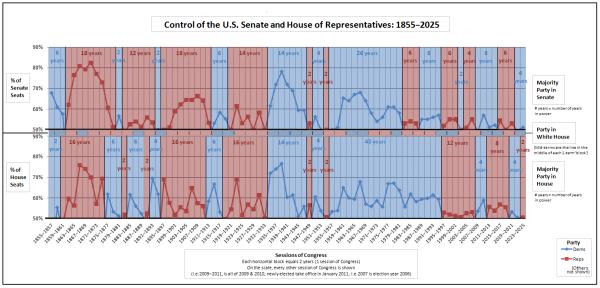
All of these factors – the realignment of the South, the election of more radical presidents, and the lesser power of seniority – led to where America is today.
In Society
Redstone says she thinks of democratic stability as a tower with three blocks.
“If any of those blocks start to break down, the whole thing can come down. All of them have to work in order for a democracy to function, in order for a society to function,” Redstone said.
She says the first block is the machinery of democracy, such as free and fair elections, a free press, separation of powers, limits on executive power, and more. The second block is a commitment to political pluralism. That block underneath it that sits at the foundation is the absence of contempt for disagreeing people.
“That’s where the certainty trap is. Certainty leads us to treat our assumptions, our values, our principles, as though they’re so obvious we don’t need to say them out loud,” Redstone said.
Redstone’s certainty trap is based on the assumption that people are trying to optimize or preserve democracy.
Therefore, in an election, “If you go into it thinking, ‘Okay if my side doesn’t win, then it’s the end of everything that I hold dear and therefore, they, whoever they are, form an existential threat,’” Redstone said.
She believes that people really want something better and should be open to changing their thoughts.
“A democracy means a commitment to political pluralism. It means that you fundamentally view your co-participants, the other people in this democracy, as capable, more often than not, coming to some kind of morally reasonable conclusion,” Redstone said.
In the Election Sphere
Election years have been on a streak for close calls, according to Layman.
“This started in 2000 with Al Gore and George Bush essentially tying each other. Hillary Clinton and Donald Trump were very close. In 2020, Biden and Trump were very close,” Layman said.
But control of Congress is close right now: the Republicans have about a nine-seat majority in the House out of 435 seats, and the Democrats have a slim majority in the Senate.
Layman said that if the mindset is, “‘We’re that close to winning the White House. We’re that close to controlling the Senate or controlling the House,’ in that sort of environment, I think the incentive is to kind of double down on attacks on your opponents.”
Infographic by Kiana Chen.
As a result, politicians engage much more in electoral politics than governing politics. According to Layman, the focus is more on winning the next election than on passing laws and building coalitions.
Each side gets increasingly polarized, and Layman suggests a way out.
“I think what needs to happen to get us out of that vicious circle is that one party needs to lose an election really badly,” Layman said.
An example in recent history is when, in 2012, Mitt Romney lost to Barack Obama, giving him a term for the second time.
“The Republican National Committee actually put together a plan to expand its voter base, and it was ‘we need to become a little bit more of a moderate party.’ That was the plan, and then that plan was burned in the garbage when they nominated Donald Trump,” Layman said.
In the wake of Romney losing the presidential election, the Republican National Committee (RNC) published an autopsy on how they would move forward. It reads, “We are not a policy committee, but among the steps Republicans take in the Hispanic community and beyond, we must embrace and champion comprehensive immigration reform. When it comes to social issues, the party must, in fact and deed, be inclusive and welcoming.”
It furthers, “The Republican Party must focus its efforts to earn new supporters and voters in the following demographic communities: Hispanic, Asian and Pacific Islanders, African Americans, Indian Americans, Native Americans, women, and youth … Unless the RNC gets serious about tackling this problem, we will lose future elections.”
Layman says that it wasn’t that Romney lost terribly; it was that Obama won for the second time. Despite the calls for reform, when Donald Trump won the nomination in 2016, his previous X, formerly Twitter, post suggests that he disagreed with the RNC.
This clear win differs from the recent and the upcoming 2024 elections, where polls state that elections are too close to call.
“Political parties want to win. They exist to win. So if they get beaten badly, that may be the thing that gets us out of this kind of vicious circle of ever-increasing polarization,” Layman says.


